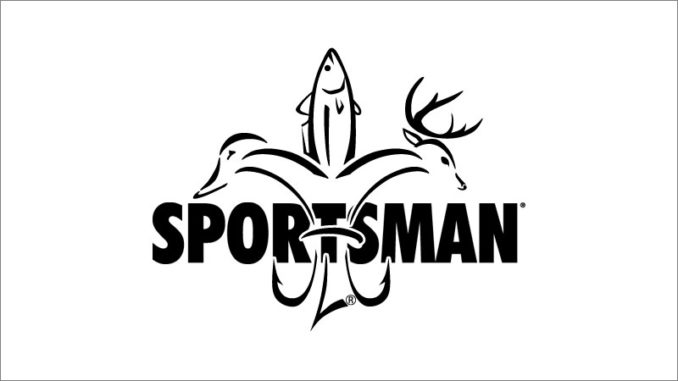
Any unwanted competition should be nipped in the bud on warm-season food-plot sites before planting the first seed. Early chemical treatment to soils will promote a full and lush food plot.
As soil temperatures begin to warm into the 70s, millions of dormant seeds germinate and begin the race for space. Food-plot seeds have an uphill battle from the time they hit the dirt. Weeds are aggressive, pioneer species and will out-compete most food-plot seed. Fortunately, pre-emergent herbicides are available to control most of the weedy pests early in the season. Pretreatment of food plots is nothing less than critical for establishing warm-season food plots. If applied correctly, pre-emergent herbicide treatments should fend off weeds for 30 to 60 days until the food plots get established.
Careful consideration should be made when selecting a pre-emergent herbicide; some can have harmful effects on select food-plot crops. For most warm-season food-plot crops, including alfalfa, soybeans, clovers, sunflowers, peanuts, sorghum and birds-foot trefoil, a cocktail of Prowl H20 (two to three pints per acre) and Treflan EC (one to two pints per acre) will control most grass competition and a selection of broadleaf weeds. Pursuit DG at two ounces per acre can also be used for Clearfield corn and a selection of legumes.
For the best results, herbicides should be sprayed on prepared, damp soil and lightly-worked into the upper horizon of the soil. Pre-emergent herbicides can be used a week before or at the time of planting.
Pre-emergent herbicides usually need an adjuvant or a surfactant to allow the chemicals to stick to the soil particles. These additives will help sustain the soil-active chemicals in the zone of effect. With many surfactants on the market, Helena Chemical has perfected a surfactant called Induce with an excellent sticking quality and is highly resistant to evaporation during hot and dry conditions. Luckily, Induce is concentrated and one 2 ½-gallon container will last many applications.
Prior to applying any herbicides, careful examination of the product label is recommended to determine the adequate application rate and the types of plants affected by the chemical. Herbicide labels are very comprehensive, with a plant listing controlled by the herbicide. Additionally, the labels will often list crops where the herbicide is labeled for use, as well as the recommended dosage rate per acre. Also, the product label will list the dangers and necessary human safety precautions for handling. After each application, all spray tanks and spray heads should be rinsed three times to remove any residue.




Be the first to comment